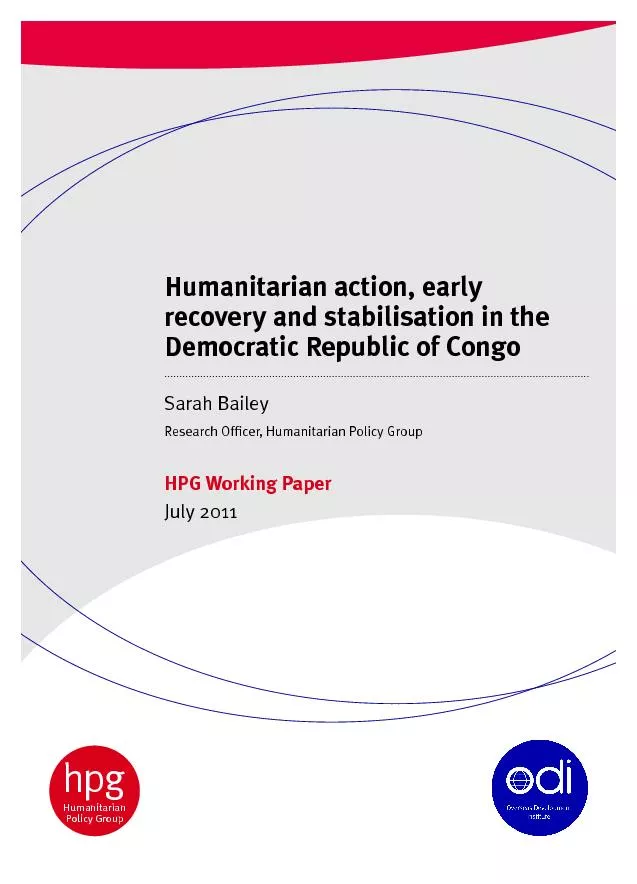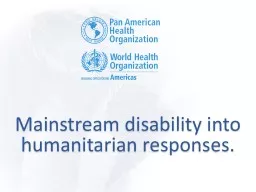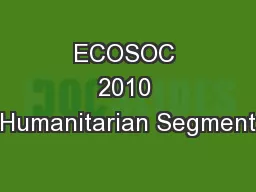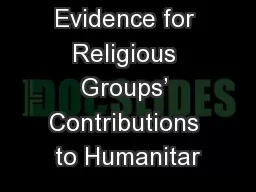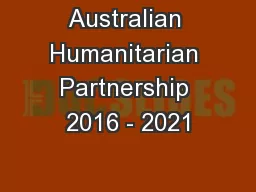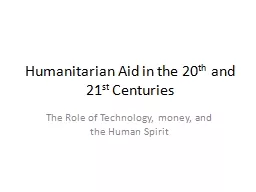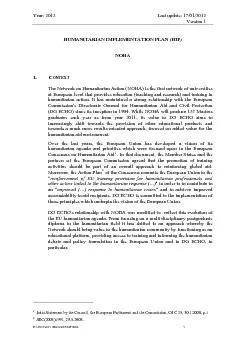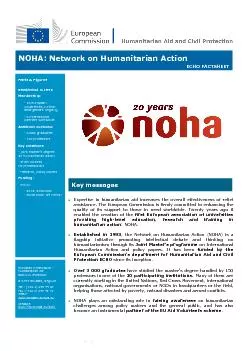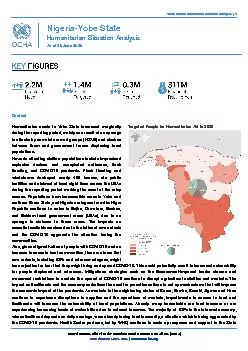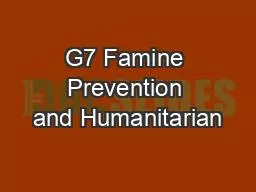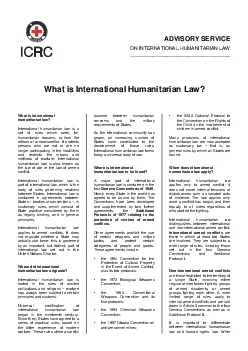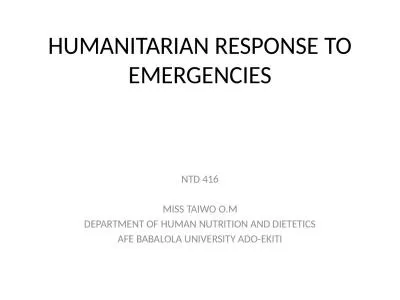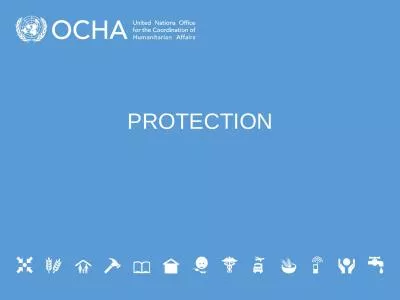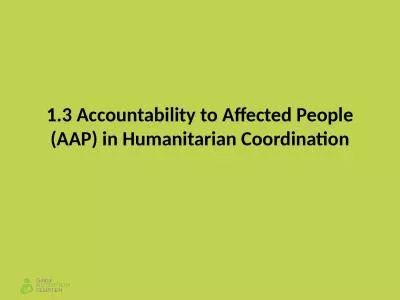PDF-Humanitarian Policy Group
Author : tawny-fly | Published Date : 2016-08-06
Overseas Development Institute 111 Westminster Bridge Road London SE1 7JD United Kingdom Tel 440 20 7922 0300 Fax 440 20 7922 0399 Website wwwodiorgukhpg Email hpgadminodiorguk
Presentation Embed Code
Download Presentation
Download Presentation The PPT/PDF document "Humanitarian Policy Group" is the property of its rightful owner. Permission is granted to download and print the materials on this website for personal, non-commercial use only, and to display it on your personal computer provided you do not modify the materials and that you retain all copyright notices contained in the materials. By downloading content from our website, you accept the terms of this agreement.
Humanitarian Policy Group: Transcript
Download Rules Of Document
"Humanitarian Policy Group"The content belongs to its owner. You may download and print it for personal use, without modification, and keep all copyright notices. By downloading, you agree to these terms.
Related Documents

